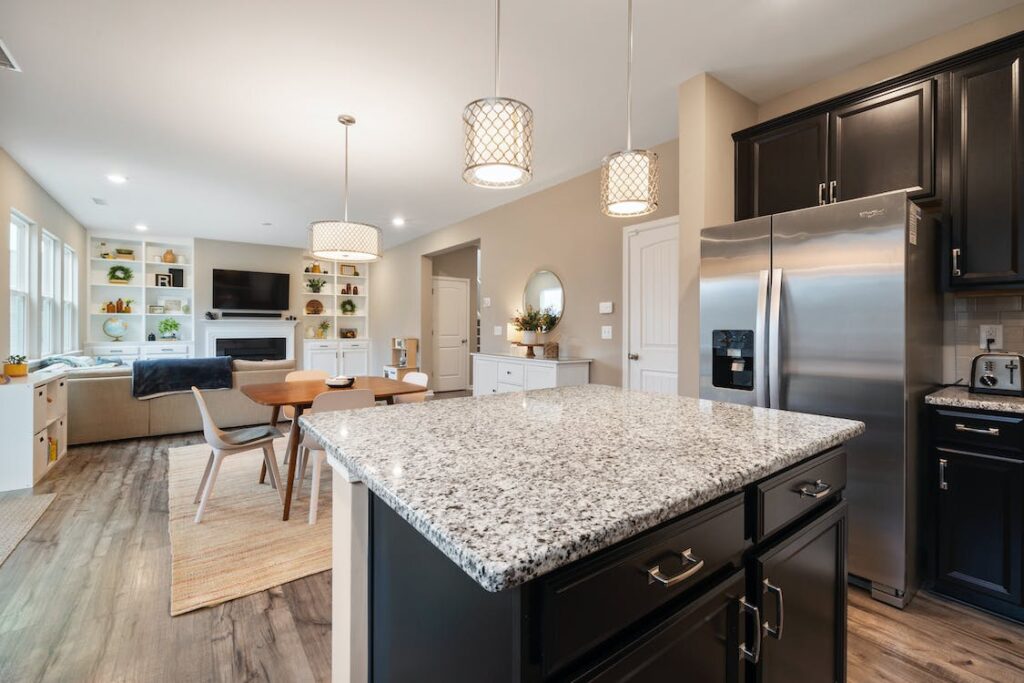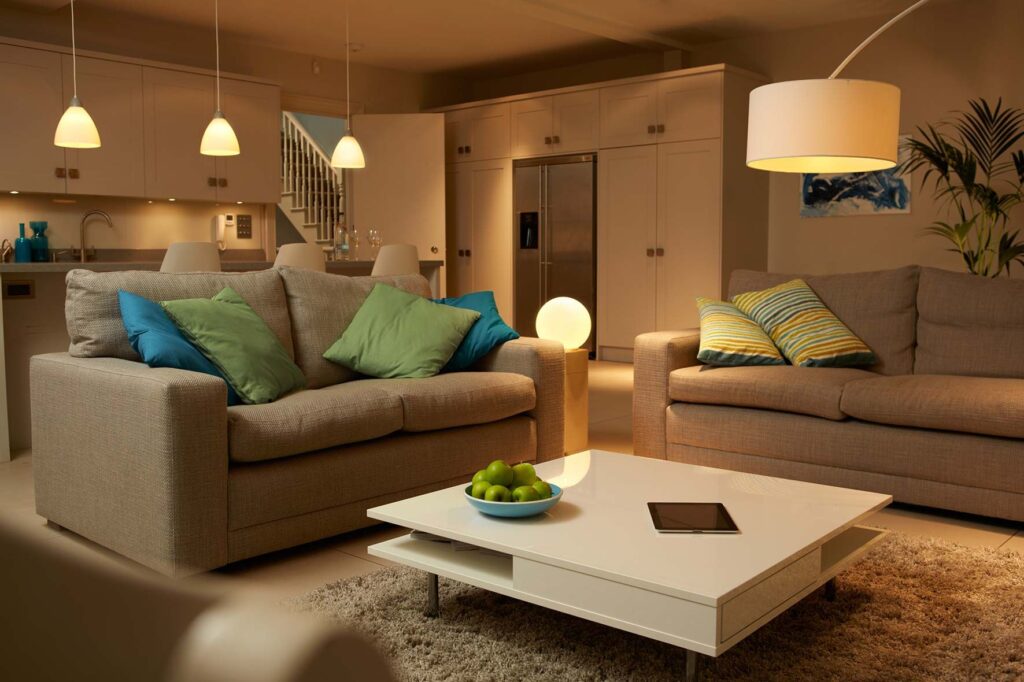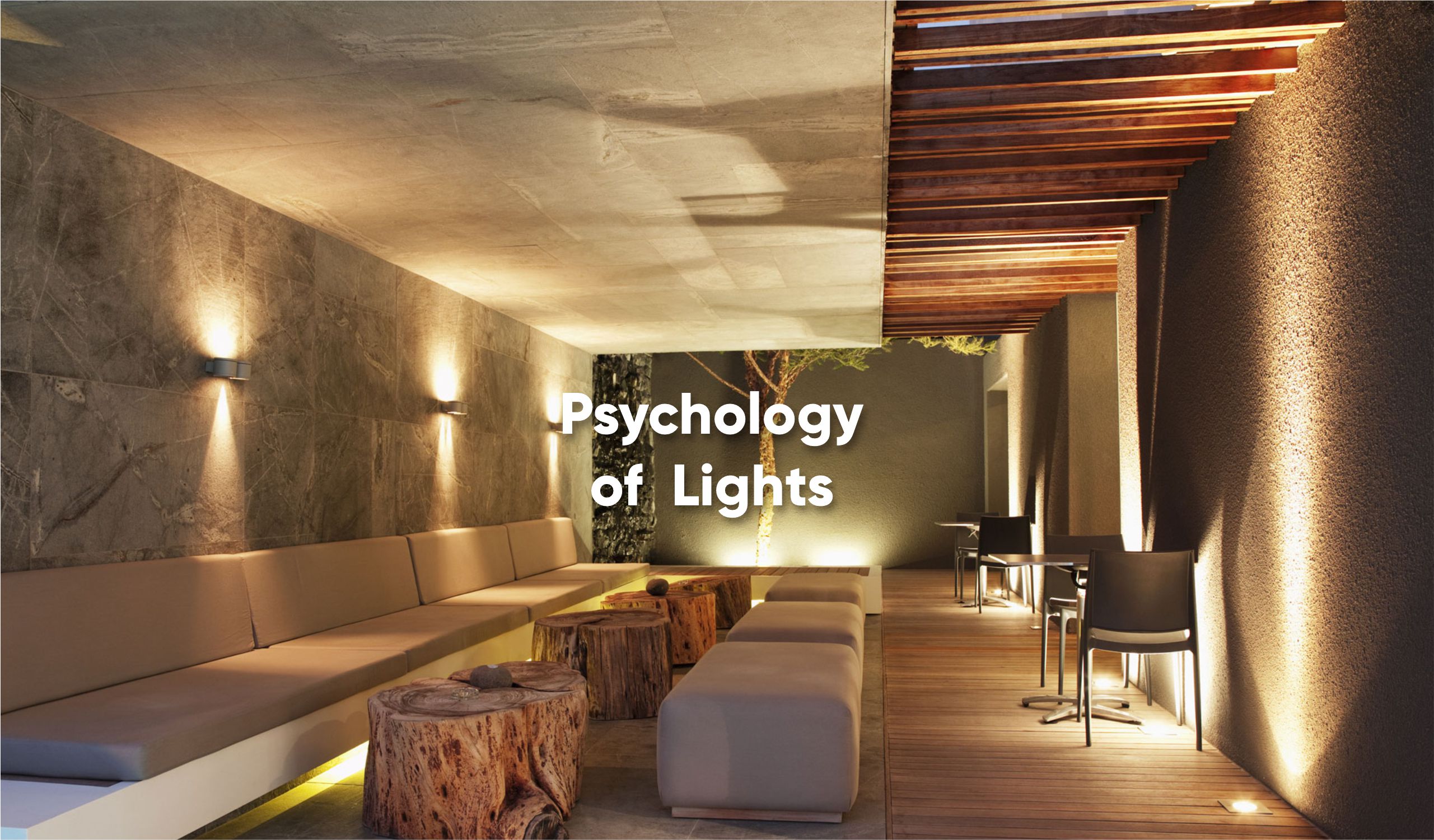The use of light in Interior Design is more than just a practical concern. Light significantly impacts human psychology and behavior, affecting everything from mood and energy levels to overall health and well-being. This is why it is essential to consider the psychology of light when designing interior spaces.

Lighting is an integral part of interior design, and it can make a significant impact on the way we feel, behave, and even think. It has been said that lighting is the most powerful tool in a designer's toolbox and with good reason. The psychology of lights in interior design is an area that is of growing interest, as it has been found to have a significant effect on human behavior. In this blog, we will explore the various ways in which lighting affects human behavior, including mood, health, the subconscious, and so on.
Mood
One of the most obvious ways in which lighting affects human behavior is by influencing our mood. Bright, cool-toned lights can help to increase alertness and productivity, while warm, dim lights can create a cozy and relaxing atmosphere. In general, people tend to prefer warmer, softer lights in the evening, as they help to create a sense of calm and relaxation, while brighter lights are preferred during the day when people need to be more alert and focused.
Health
Lighting plays a crucial role in our health. Natural light enhances mood, reduces stress, and boosts vitamin D production. On the other hand, exposure to artificial light at night can disrupt our circadian rhythms, leading to sleep issues and other health problems. It's essential to consider the type and intensity of lighting in our surroundings, particularly at night, to maintain good health.
Subconscious
Lighting can subtly influence our subconscious mind, affecting our emotions and behavior without our conscious awareness. Warm, yellow-toned lights can create a cozy and secure atmosphere, while blue-toned lights can evoke a sense of detachment and coolness. By strategically directing light to particular objects or areas, we can draw attention to them and shape our perception of our surroundings. Thus, lighting design can be a powerful tool for creating a desired atmosphere and shaping the mood and behavior of those within the space.
Light Intensity
When it comes to light intensity, we know that bright, high-intensity lights can create a sense of energy and alertness, while dimmer lights can promote relaxation and a more subdued atmosphere. Furthermore, the intensity of light can be used to emphasize certain areas or objects in space, altering our perception of them in intriguing ways.

The Direction of Light
Similarly, the direction of light can be a powerful tool for shaping our environment and influencing our behavior. Direct lighting can foster focus and attention, while indirect lighting can create a softer, more inviting ambiance. By adjusting the direction of light, we can draw attention to particular spaces or objects, creating an atmosphere that feels intentional and purposeful.
Light Fixtures
Light fixtures influence human behavior and perception of space, with pendant lights creating intimacy and recessed lighting giving a modern feel. Fixture design can also impact spatial perception. Energy-efficient lighting options like LED bulbs can reduce energy consumption and lower electricity bills, making it essential to consider aesthetics, functionality, and energy efficiency when selecting light fixtures.
Circadian Rhythm
Our sleep-wake cycle is regulated by the circadian rhythm, a biological cycle. Light is crucial to this rhythm, as bright light exposure in the morning helps us feel more alert during the day. Blue light, specifically, can affect the circadian rhythm by suppressing the production of melatonin, a hormone that aids in sleep.
Types of Lights
Ambient Lighting
Ambient lighting provides overall illumination in a room and can be sourced from ceiling fixtures, wall sconces, or other sources. It sets the mood and tone of the space and creates a comfortable and welcoming atmosphere.
Task Lighting
Task lighting is designed to provide focused illumination for specific activities such as reading or cooking. It can be sourced from table lamps, desk lamps, or pendant lights, and it helps improve productivity by making it easier to complete tasks.
Accent Lighting
Accent lighting emphasizes specific areas or objects in a room, such as artwork or architectural features. It can be sourced from track lighting, spotlights, or wall-mounted fixtures, creating drama and interest in a space.
Decorative Lighting
Decorative lighting can also be used to create a particular ambiance or mood in a room, depending on the color and intensity of the light. It can be a crucial element in creating a memorable and inviting space. Decorative lighting can also be used to create a sense of depth and dimension in a space by casting shadows and highlighting textures.

Conclusion:
Lighting is vital to interior design and can impact human behavior in many ways. The biological and psychological effects of light. its influence on the circadian cycle, and its impact on mood, health, and the subconscious mind are crucial factors to consider when designing lighting for various spaces. By understanding these factors and selecting appropriate lighting, a space can be aesthetically pleasing while promoting relaxation, productivity, and overall well-being.

[…] lighting holds immense potential in shaping the ambiance of our living spaces. Whether it's accent lighting, […]